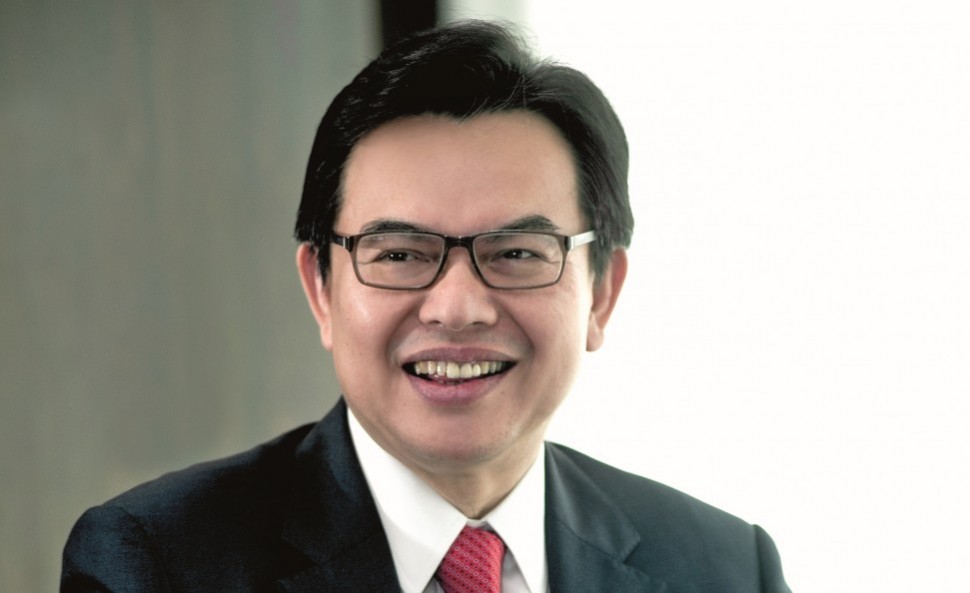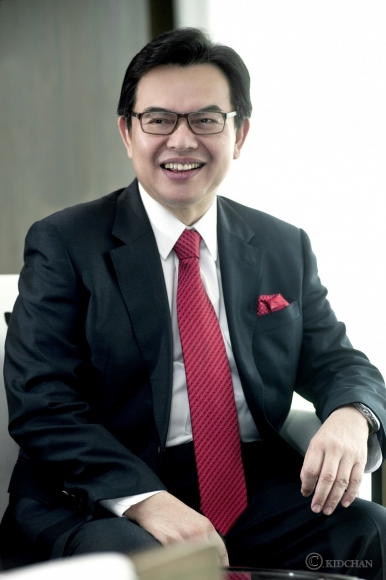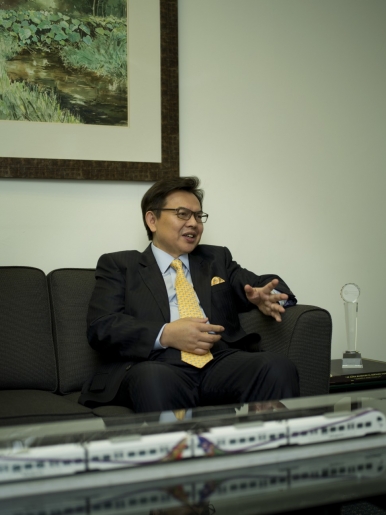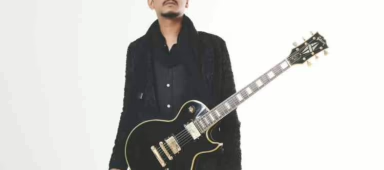Malaysia’s ERL Executive Chairman Tan Sri Mohd Nadzmi Mohd Salleh on building the airport rail link operator to what it is today

Tell us how you got your start at Express Rail Link (ERL).
I was previously managing director and chief executive officer of Proton, but I retired early so I could focus on my own business. In late 1996, I was appointed as executive chairman for ERL by the federal government. It was my first train project. My years in the automotive and public transportation industry, as well as past experience organising big projects for Edaran Otomobil Nasional and Proton, helped when I took on the task.

It was very exciting in the early days as we were a small and dynamic team, and I knew the shareholders. Everyone worked well together and their support made my job easier. The project was completed in a cost-effective way and on schedule.
Today I’m less hands-on, but I still provide strategic direction and advice, and motivate my staff and management team. We have a lot of young people onboard and that’s good as they bring fresh and creative ideas to the table.
What were some of the challenges that you faced?
Due to the Asian financial crisis in 1997, the government wanted us to build the rail tracks using the metre gauge, as it was more cost-effective. After considering advice from people in the train industry, I convinced them to adopt the standard gauge since it is more widely used and we can have a better selection of train sets. I think this has paid off in the long run.
Another major challenge we faced was when the country was hit by the Severe Acute Respiratory Syndrome (SARS) epidemic (in 2003). Because of the outbreak, many people opted to use other modes of transport. We had to put a lot of effort into marketing to bring them back to using trains. After the first few years, though, we were able to attract more riders, and have seen steady growth ever since.
Tell us about your ridership and demographics.
Initially, we catered mostly to business travellers and foreigners. Now we have more domestic passengers, as well as local commuters who use the corridor to get to destinations such as Putrajaya or Salak Tinggi, via our KLIA Transit service. To-date, we have carried more than 80 million passengers. Our ridership is now at 24,000 daily.
What sort of facilities are provided by ERL?
We provide check-in facilities at KL Sentral for passengers flying with Malaysia Airlines, Cathay Pacific, Cathay Dragon and Malindo Air. Just like at the airport, passengers can check-in their luggage and collect their flight boarding passes at least two hours before departure. All they have to do is purchase a valid KLIA Ekspres ticket to use the facilities. We also have a VIP service that offers premium door-to-door airport transfer combining a ride on the KLIA Ekspres with an executive limousine.
.jpg)
For a smoother payment process, we have contactless ticket payment facilities for payWave card holders, and in 2013, we revamped our online ticketing system and the KLIA Ekspres mobile app so passengers can purchase their tickets anytime, anywhere. On the train, we provide free Wi-Fi and a passenger information system.
What are some of ERL’s new offerings?
A few months ago we launched the enhanced KL Travel Pass, an integrated transport ticket for travellers looking for a seamless travel experience on the rail network in Kuala Lumpur. The card comes with a KLIA Ekspres airport transfer and two-day unlimited rides on Rapid KL rail services, such as the LRT, MRT and KL Monorail. Response from tourists has been overwhelming. We hope the pass will be as successful as the Oyster Card in London and the Octopus Card in Hong Kong. Plans are in the works to include KTM rail services in the card. It’s just one of the ways that we’re working with other providers to encourage the use of public transport.
Ride-hailing services such as Uber and Grab have picked up in popularity. Is this a major concern for ERL?
I think that the greatest threat to businesses is disruption, and I see this happening to my trains with ride-hailing! They can provide door-to-door services, which we can’t, but we know our strengths. We’re reliable, convenient and safe, and passengers won’t have to worry about traffic jams.
When we extended our services to KLIA2, we did not expect to see a 42 percent increase in ridership as the terminal is largely for the budget travel market, and there are other modes of transport such as the bus, which is much cheaper. It goes to show that people are willing to pay more for good service.
That said, I think that public transport services in the Klang Valley can complement each other, which is why we’re looking to work together with ride-hailing companies. We’re in the midst of rolling out a collaboration with Grab this month, whereby passengers can get a free ride when they purchase our KLIA Ekspres ticket online. This helps to solve the first and last mile problem.
What is the company’s philosophy when it comes to going green?
We are committed to ensuring good management of resources and promoting green initiatives in our daily operations. As an electric train service, our carbon footprints are five times less than trains that run on diesel, and we help to take 5.3 million cars off the road annually. Since 2009, we have been running the Go Green, Go Lo-Co2 campaign. The idea is that travellers can reduce their carbon footprints by travelling with us, saving 44,800 tonnes of CO2 emissions in a year.

The company has come a long way since it was launched in 2002. Could you share with us some of the milestones achieved?
We’ve received international recognition on a consistent basis for high standards in the air-rail services industry. The Global Air Rail Alliance named us Air Rail Link of the Year in 2012, 2014, 2015 and 2016, and we also received the Social Responsibility Award last year for our CSR projects. On the home front, ERL received Best Customer Service and Best Safety Practices at the Malaysian Land Public Transport Commission Symposium 2016.
What are some of the plans in the pipeline for ERL?
We have six new trains coming in, two of which will be assigned to KLIA Ekspres and four to KLIA Transit to cater to the expected growth in ridership for the next 10 years. They come equipped with two compressors instead of one, more powerful traction and additional sensors to increase safety standards. We hope to have them fully operational by end of 2017. Depending on supply and demand, we may increase the frequency of train operations and enhance service availability. In addition, we are working with strategic business partners such as airlines and online travel agents to offer more exciting products and services for the benefit of our passengers.





